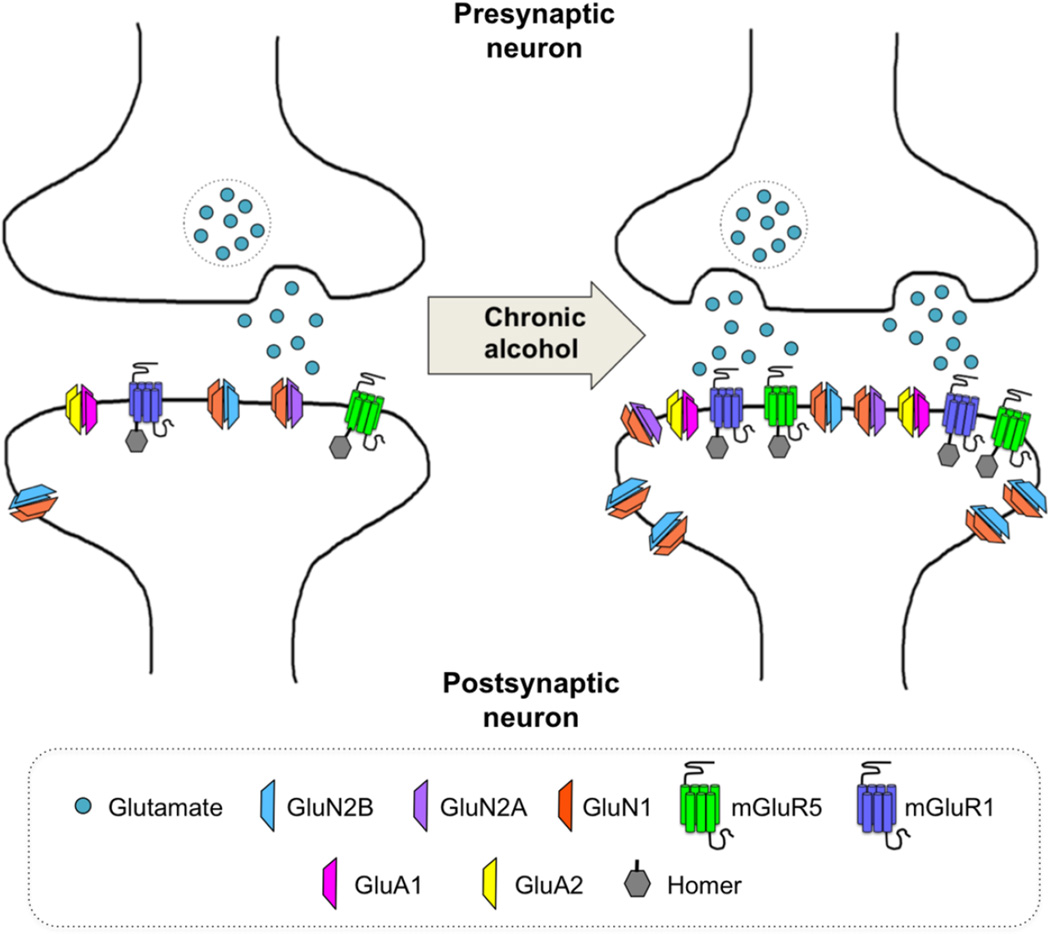Figure 2. Commonly observed glutamatergic synaptic adaptations observed following chronic alcohol exposure.
Chronic alcohol exposure is associated with an overall enhancement of glutamatergic signaling in the brain – a so-called hyperglutamatergic state. Many, though not all, brain regions exhibit an increase in presynaptic release of glutamate accompanied by an upregulation in receptor expression. In particular, an increase in extrasynaptic GluN2B expression has been consistently observed throughout the brain. Additional increases in GluN2A, GluA1, and GluA2 are also frequently noted. Chronic alcohol exposure is also associated with greater expression of the Group 1 mGluRs. These increases in receptor expression are driven, at least in part, by increased Homer levels, which have been observed in association with all receptor subtypes but most frequently with the mGluRs.

